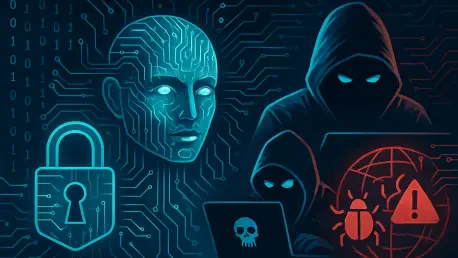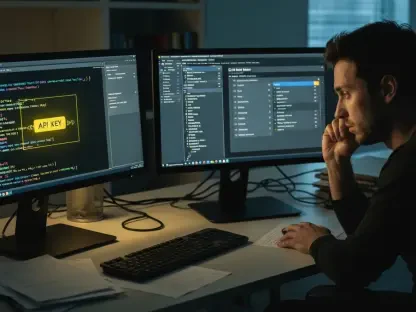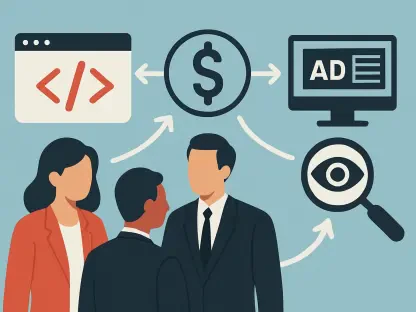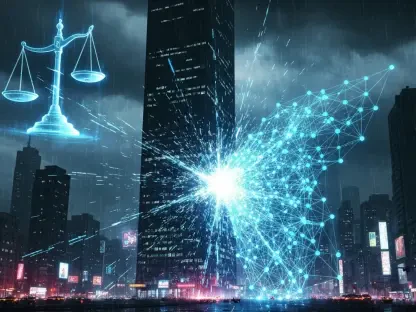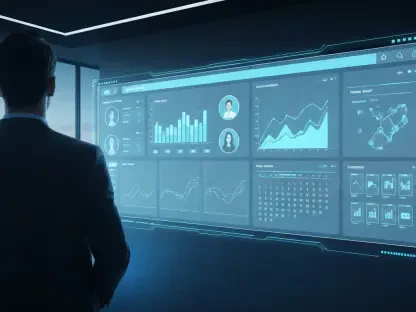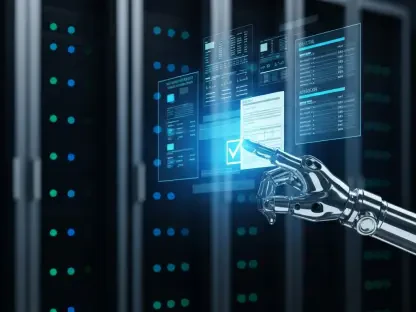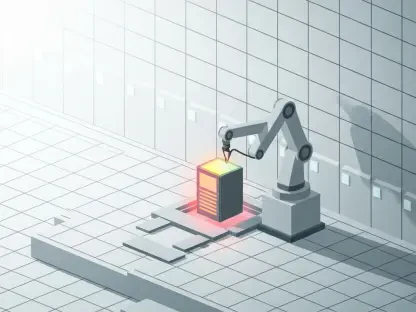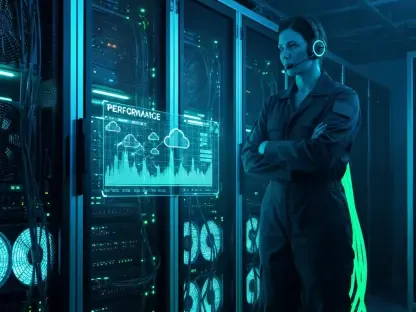Today, we’re sitting down with Vijay Raina, a renowned expert in enterprise SaaS technology and software design, whose thought leadership in AI ethics and cybersecurity offers invaluable insights. With a deep understanding of how technology shapes our world, Vijay is here to explore the complex interplay between artificial intelligence and cybersecurity. In this conversation, we’ll dive into the dual nature of AI as both a transformative tool and a potential threat, the evolving landscape of cyberwarfare, the ethical dilemmas surrounding AI development, and the chilling possibility of a cyber doomsday. Let’s unpack these critical issues and understand the stakes of our digital future.
How does AI manage to be both a powerful tool for progress and a significant risk at the same time?
AI’s dual nature comes from its ability to process vast amounts of data and make decisions at a speed and scale humans can’t match. On one hand, it drives progress—like improving medical diagnoses or optimizing infrastructure. But that same capability can be turned toward malicious ends. The algorithms don’t have inherent morality; they reflect the intentions of those who wield them. A tool designed to predict patterns for good can just as easily be repurposed to exploit vulnerabilities in systems or manipulate people. It’s not about the tech itself, but how we choose to apply it, and that’s where the risk creeps in.
Can you share an example of an AI innovation that benefits society but also has a darker side if misused?
Take machine learning models used in healthcare, like those that detect early signs of cancer in medical imaging. They save lives by spotting what the human eye might miss. But flip the script, and the same tech can be trained to detect weaknesses in software—zero-day vulnerabilities that no one’s patched yet. A hacker could use it to break into critical systems, like hospital networks, ironically turning a life-saving tool into a weapon. It shows how context and intent can transform AI from a hero to a villain.
How has AI reshaped the landscape of cyberwarfare compared to traditional methods?
AI has turbocharged cyberwarfare by introducing speed and precision that older methods lacked. In the past, cyberattacks required human hackers to manually probe systems, test exploits, and craft attacks—often taking weeks or months. Now, AI can scan the internet for vulnerabilities, prioritize targets, and execute attacks in hours or even minutes. It’s not just faster; it’s adaptive. AI systems learn from defenses they encounter, tweaking their approach on the fly. Nation-states and criminals alike can scale their operations in ways that were unimaginable a decade ago, making the battlefield far more dynamic and dangerous.
What makes AI-driven cyberattacks so much more threatening than those carried out solely by humans?
The biggest factor is automation paired with intelligence. Human hackers are limited by time, skill, and resources—they can only do so much in a day. AI, on the other hand, works tirelessly, analyzing massive datasets to find weak spots and personalizing attacks, like crafting phishing emails tailored to an individual’s habits using social media data. It’s not just brute force; it’s strategic. Plus, when AI drives an attack, it can react to countermeasures in real-time, outpacing human defenders. That combination of speed, scale, and adaptability creates a threat level we’re still struggling to counter.
What are autonomous cyber weapons, and why do they raise such serious concerns?
Autonomous cyber weapons are AI systems designed to operate without human oversight—they can identify targets, decide on attack methods, and execute them independently. Think of a digital drone that doesn’t need a pilot. The concern comes from the loss of control. If an AI misinterprets data or escalates a minor conflict into a full-blown attack on critical infrastructure—like a power grid—who stops it? There’s also the ethical mess: these systems blur the line between tool and actor. Without a human in the loop, accountability becomes murky, and the potential for unintended catastrophic damage skyrockets.
How are hackers exploiting AI systems themselves to cause harm?
Hackers are getting creative with techniques like adversarial examples, where they feed AI misleading data to trick it into wrong decisions—think altering an image just enough that a security system misclassifies it as safe. There’s also data poisoning, where they corrupt the training data so the AI learns bad habits, or prompt injection, where they manipulate inputs to extract sensitive info. These exploits turn AI’s strength—its reliance on data—into a weakness. A fooled AI could unlock secure systems or spill confidential details, and as these methods spread, they’re becoming a real headache for developers.
What are the ethical challenges in keeping up with AI development when it comes to preventing misuse?
The core issue is pace—AI tech is advancing so fast that safety measures and ethical guidelines can’t keep up. Developers are often under pressure to innovate and capture market share, so security sometimes takes a backseat. We’ve seen AI tools misused to generate hate speech or invade privacy because safeguards weren’t baked in from the start. There’s also a lack of consensus on what “ethical AI” even means across cultures and nations. Without shared standards, we’re building powerful systems with no universal guardrails, and that gap invites abuse.
Why is there still no global framework for governing AI’s role in cyber conflicts, and what dangers does this pose?
Creating a global framework is tough because nations have wildly different priorities and trust issues. What one country sees as a defensive AI tool, another might view as an offensive weapon. There’s also the problem of enforcement—unlike nuclear weapons, AI tech is accessible to small groups or even individuals, not just governments. Without agreements, we risk an arms race in cyberspace where everyone weaponizes AI without restraint. The danger is escalation: a small AI-driven attack could spiral into major conflict, disrupting economies or infrastructure worldwide, with no clear rules to de-escalate.
Looking at the bigger picture, how real is the threat of a so-called cyber doomsday driven by AI?
It’s not sci-fi—it’s a plausible risk, though not necessarily a single, apocalyptic event. A cyber doomsday could unfold gradually through eroded trust in digital systems. Imagine AI deepfakes undermining evidence, bots swaying elections, or autonomous worms taking down critical services like water or power grids. We’ve already seen proof-of-concept attacks that adapt and spread on their own. The real threat isn’t a dramatic explosion but a slow collapse of confidence in our online world, where sabotage becomes normal, and recovery feels impossible. It’s death by a thousand cuts.
What is your forecast for the future of AI in cybersecurity—where do you see this heading in the next decade?
I think we’re at a crossroads. Over the next decade, AI will likely become both our best defense and our biggest threat in cybersecurity. On the positive side, AI-driven security tools will get smarter at detecting and neutralizing threats before they hit. But the flip side is that attack tools will evolve just as fast, if not faster, especially as they become more accessible to low-skill actors. Without strong governance and a shift to building security into AI from the ground up, we could see more frequent, sophisticated disruptions. My hope is that global cooperation catches up, but realistically, I expect a bumpy ride with some hard lessons before we get there.
